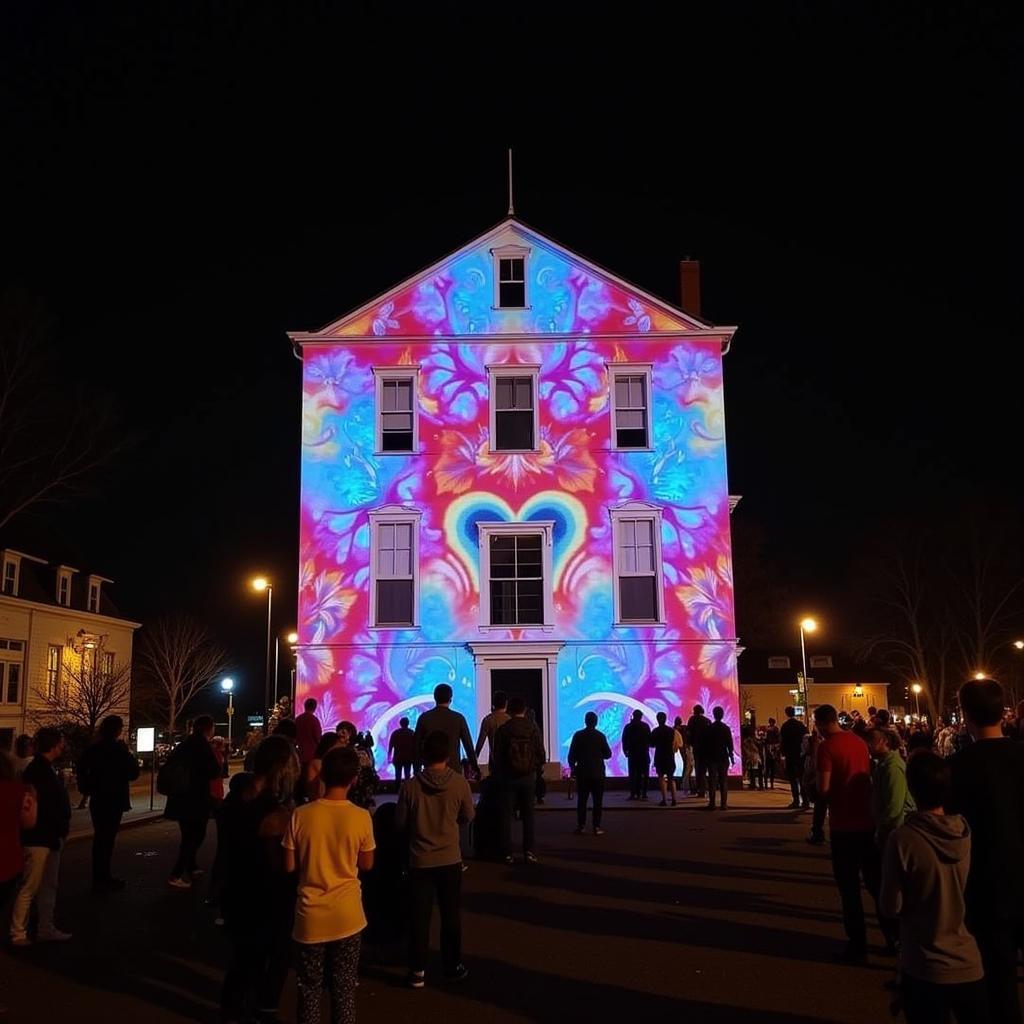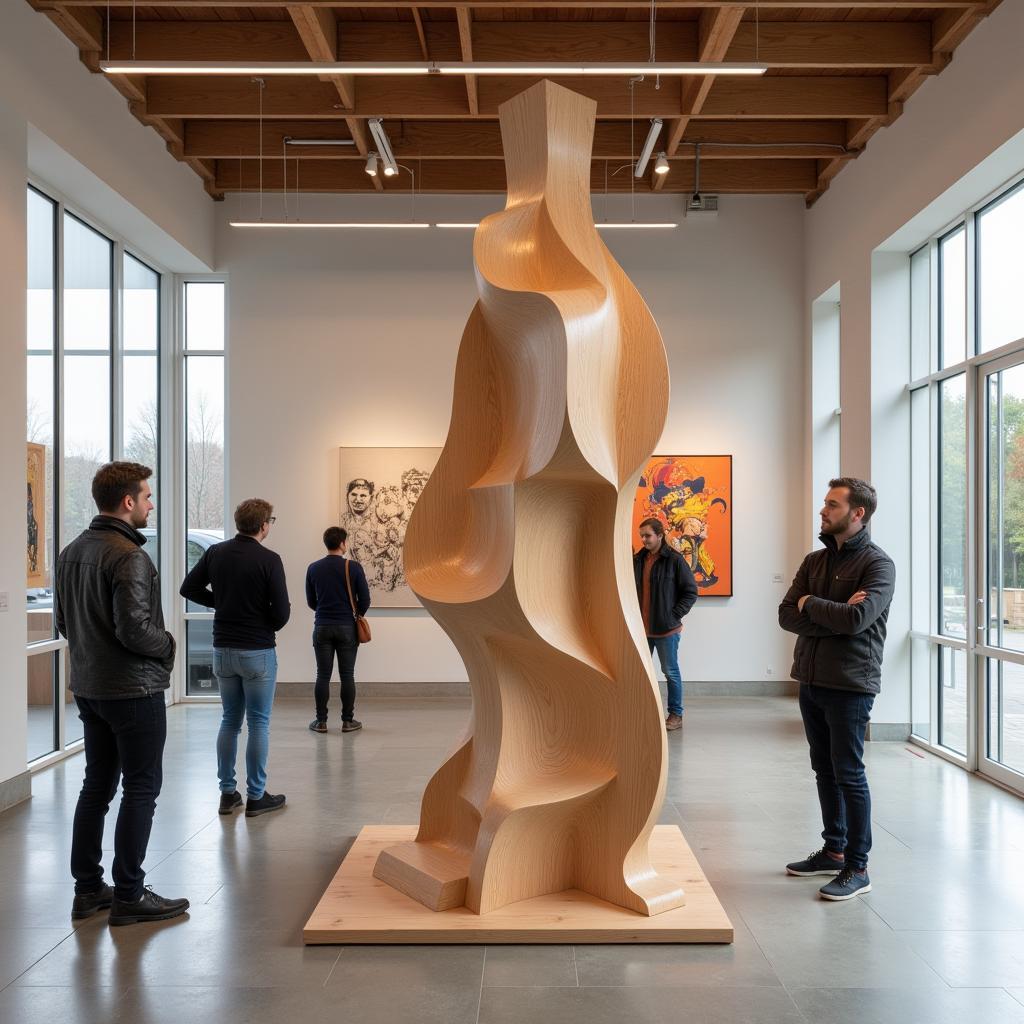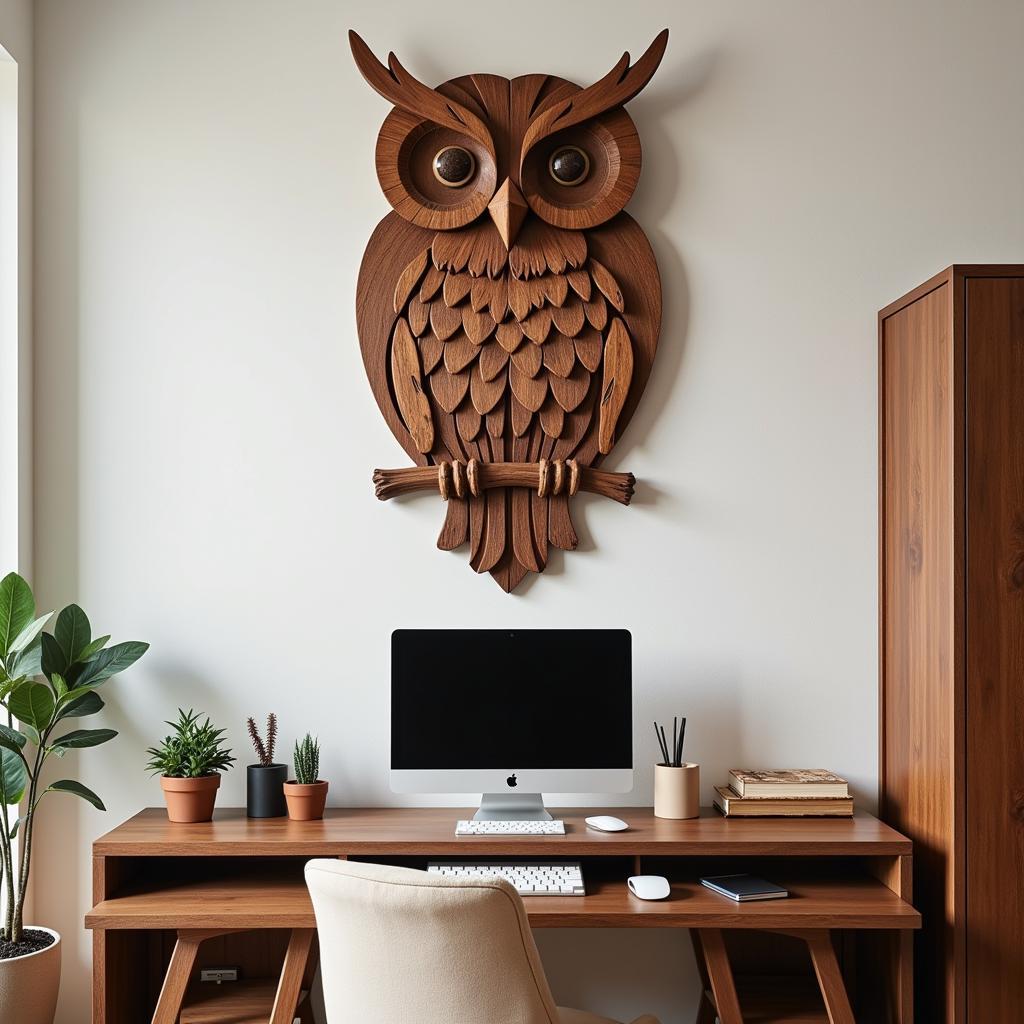Exploring the Dichotomy: Western and Non-Western Art
Western and non-western art represent two distinct yet interconnected branches of artistic expression. Understanding the nuances that differentiate and unite these traditions is key to appreciating the rich tapestry of global art history. This exploration delves into the unique characteristics of each, highlighting their cultural influences, stylistic approaches, and historical contexts.
Defining Western and Non-Western Art
What constitutes “Western” art is often rooted in the artistic traditions of Europe, spanning from ancient Greece and Rome to the contemporary movements of the 20th and 21st centuries. This tradition emphasizes realism, perspective, and often focuses on individual human form and narrative. Non-western art, conversely, encompasses a vast array of artistic styles and traditions from cultures outside this European sphere, each with its unique aesthetic values and cultural significance. Thinking about non-western art necessitates considering the indigenous art of the Americas, Africa, Asia, and Oceania. This includes artistic traditions as diverse as Islamic calligraphy, Aboriginal dot paintings, and Japanese woodblock prints. One might be interested in seeing the similarities and differences between these distinct art forms, perhaps exploring something like Byzantine Catholic art.
After this initial distinction, we can begin to delve deeper into the specificities of each. Let’s first explore the rich history of Western art.
A Journey Through Western Art
Western art’s historical trajectory is marked by distinct periods, each reflecting the prevailing philosophical and cultural trends of its time. From the idealized forms of classical Greek sculpture to the emotional intensity of the Baroque, Western art often emphasizes representation and narrative. The Renaissance, with its focus on humanism and perspective, marked a significant turning point. Artists like Leonardo da Vinci and Michelangelo pushed the boundaries of realism and anatomical accuracy. Later, Impressionism and Post-Impressionism challenged traditional notions of representation, paving the way for the abstract and conceptual art of the 20th century.
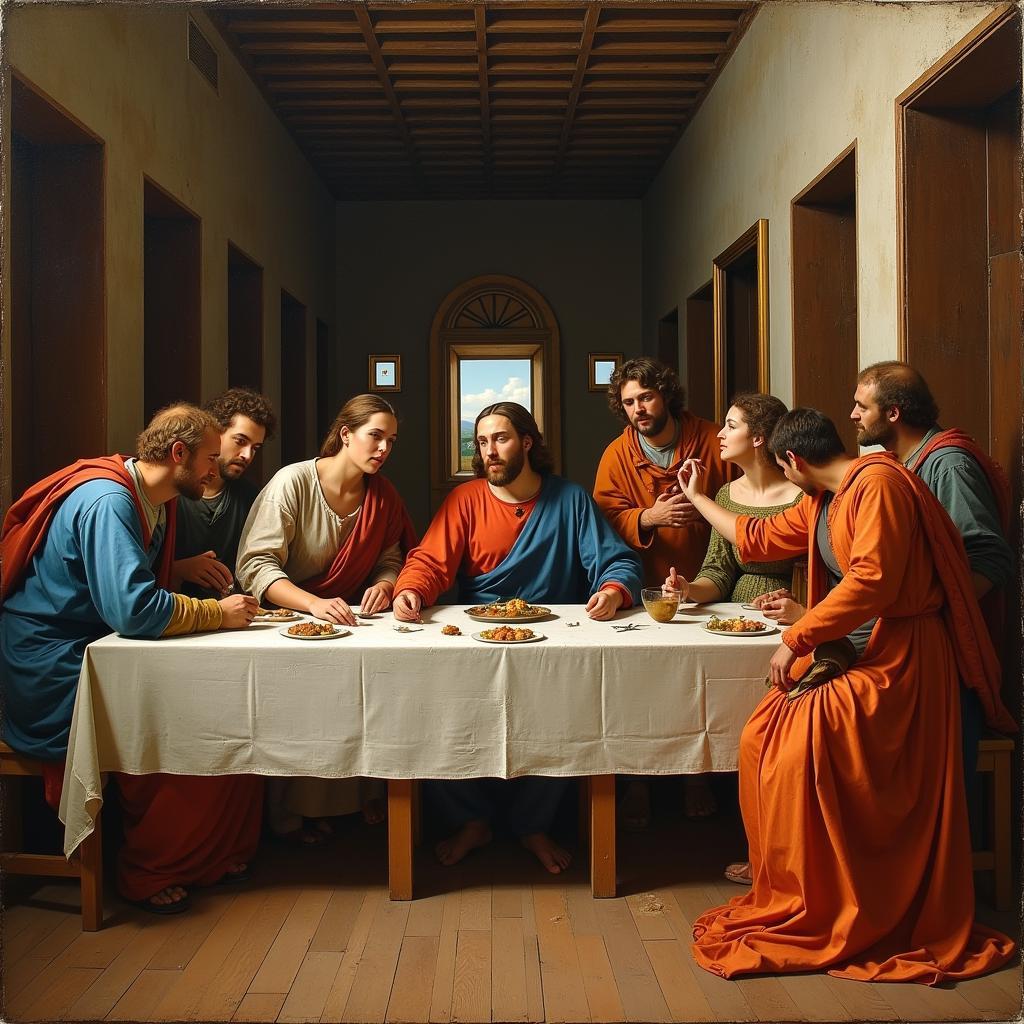 Renaissance Painting Example
Renaissance Painting Example
Uncovering the Diversity of Non-Western Art
Non-western art presents a rich tapestry of diverse artistic traditions, each reflecting the unique cultural values and spiritual beliefs of its origin. For example, Islamic art, with its intricate geometric patterns and calligraphy, reflects a deep connection to spiritual principles. African masks, often used in ritual ceremonies, embody the spiritual connection to ancestors and the natural world. Indigenous art of the Americas often incorporates symbolic imagery and natural materials, reflecting a close relationship with the environment. Understanding non-western art requires appreciating the diverse cultural contexts and symbolic meanings embedded within each tradition. You might be surprised by what you find when searching for art styles, like the specific art style associated with Henri Rousseau crossword clue.
Bridging the Divide: Influences and Interconnections
While Western and non-western art possess distinct characteristics, they are not isolated entities. Throughout history, there has been cross-cultural exchange and influence, leading to fascinating hybrid forms and artistic innovations. The impact of Japanese woodblock prints on Impressionist painters is a prime example of this intercultural dialogue. Similarly, the influence of African art on Cubism demonstrates the interconnectedness of artistic traditions across geographical boundaries. Recognizing these interconnections allows for a more nuanced understanding of the global art landscape. Some might even consider how seemingly unrelated pieces, like blue tree art, fit into this global landscape.
What are the Key Differences Between Western and Non-Western Art?
Western art frequently focuses on realistic representation, perspective, and the individual human form, while non-western art often prioritizes symbolic meaning, spirituality, and the interconnectedness of humans with nature and the cosmos.
How Has Globalization Impacted Western and Non-Western Art?
Globalization has led to increased interaction and exchange between different artistic traditions, resulting in hybrid art forms and blurring the lines between “Western” and “non-western” categories. It has also raised important questions about cultural appropriation and the ethical considerations of representing other cultures’ artistic heritage. One area where this can be seen is in weatern art.
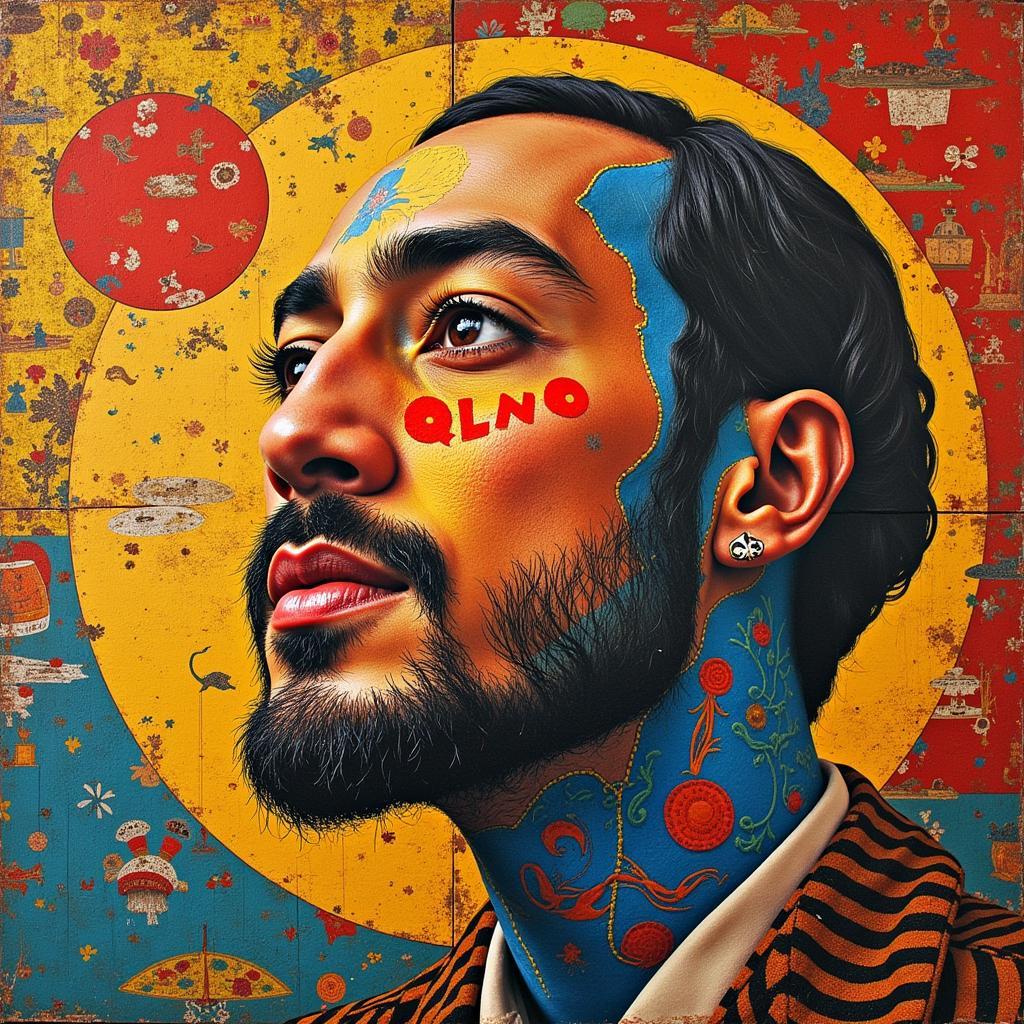 Fusion of Western and Non-Western Art Styles
Fusion of Western and Non-Western Art Styles
Conclusion
Exploring the differences and interconnections between western and non-western art offers a deeper appreciation for the vast and varied tapestry of human creativity. By understanding the unique cultural contexts, artistic techniques, and historical influences that shape each tradition, we can foster a more inclusive and interconnected view of the global art world.
FAQ
- What is the primary focus of Western art?
- What are some examples of non-western art forms?
- How has Western art influenced non-western art?
- What are the ethical considerations when studying non-western art?
- How can I learn more about specific non-western art traditions?
- What are some key differences in the materials used in Western and non-Western art?
- How does religion influence artistic expression in different cultures?
Common Scenarios and Questions
- Scenario: A student is researching the influence of African masks on Picasso’s work. Question: How did African art contribute to the development of Cubism?
- Scenario: An art enthusiast is planning a trip to Japan. Question: What are the must-see examples of traditional Japanese art?
- Scenario: A museum curator is designing an exhibit on cross-cultural artistic exchange. Question: How can the exhibit showcase both the distinct characteristics and the interconnectedness of different art traditions?
Further Exploration
Explore more about erotic cartoon art.
For more insights, you might find articles on other art forms within our website helpful.
Contact Us
For assistance, please contact us by phone at 02462573573, email danteum@gmail.com, or visit us at Savico Megamall, 7-9 Đ. Nguyễn Văn Linh, Gia Thụy, Long Biên, Hà Nội 10000, Việt Nam. We have a 24/7 customer support team.


